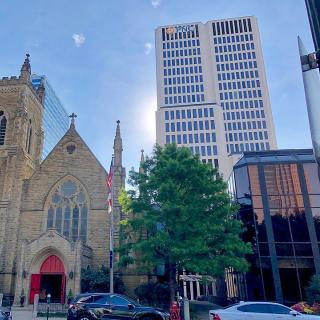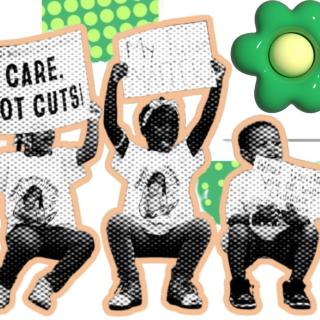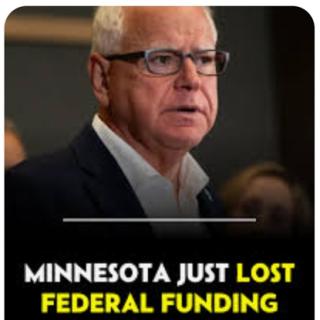Stored in a nondescript Columbus office complex is a massive cache of Ohio’s most important Native American artifacts. Also stored there are the remains of roughly 7,200 Native Americans whose grave sites were dug up by archeologists or looters over the previous century or longer.
These remains and the 110,000-plus funerary objects found with them have been stored by the Ohio History Connection in near secrecy, but what can’t be denied is what they represent.
That Ohio, and the Scioto River Valley in particular, is hallowed and historical ground for many who claim First Nation ancestry. A history the white man tried to erase with shovels, bulldozers, and his insatiable appetite for more.
“It’s abundant, it’s everywhere, but it’s silent,” said Alex Wesaw of the Pokagon Band of Potawatomi Indians, who was hired in 2020 to run the Ohio History Connection’s American Indian Relations Division, which, surprisingly, was only just established at the end of the last decade.
But after a century of silence, what remains of Native American history in Ohio is on the verge of global recognition. Ohio’s Native American Earthworks, such as Octagon and Serpent Mound, are strong candidates to become the state’s first ever World Heritage sites as selected by the United Nations.
It’s no surprise then that the Ohio History Connection (OHC) holds the second largest collection of Native American human remains and artifacts in the nation.
Remains and artifacts stretching from the Clovis Culture from 12,000 BC, to “The Moundbuilders,” roughly 500 BC, to Tecumseh the Shawnee, who in the early 1800s attempted to form an intertribal pan-Indian alliance to make a final stand in “Ohi:yo” against the encroaching white man.
Before 2014, the Ohio History Connection was known as the more formal Ohio Historical Society and founded in 1885. Its rebranding perhaps an appeal to younger generations, but its most fundamental mission remains intact.
“When we were founded, one of the reasons was to keep the things coming out of the ground in Ohio so to keep them in Ohio,” said Neil Thompson, spokesperson for the OHC. “That’s the general explanation for why we have so many of these remains and funerary objects.”
But after decades in storage, these Native American human remains have become the focus of a contentious nationwide debate: Should the roughly 7,200 Native Americans in an OHC warehouse be returned to their tribal descendants, such as the Shawnee in Oklahoma, or buried here in Ohio, and why is it taking so long to do this?
Stoking the fire is federal law, the Native American Graves Protection and Repatriation Act (NAGPRA), passed by Congress in 1990. It requires human remains of any ancestry “must at all times be treated with dignity and respect.”
NAGPRA also requires museums that receive federal funds, such as the OHC, to repatriate Native American human remains and other cultural items to lineage tribes.
Wesaw of the Potawatomi’s and OHC is a lifelong resident of Ohio who currently lives in Clintonville. He also oversees the OHC’s NAGPRA team, and currently managing relationships with 45 Native American tribes which have an ancestral connection to Ohio.
“It’s hard enough trying to manage a relationship with a handful people, but when you try to add 45 different governments on top of that it certainly does make things a little more challenging,” says Wesaw.
The OHC, he says, has a plan in place for the 7,200 remains and their funerary objects.
“The goal is to get those items connected back to the tribe, and to figure out what the tribe would like to do with them, or if they would like us to continue to care for them,” he said.
Over the previous several years some remains were returned, but the OHC would not divulge specifics. Two tribes were involved, says Wesaw, and the remains re-buried in Ohio. One idea being considered is an inter-tribal burial ground, perhaps in Columbus, where many of the 7,200 human remains could be placed.
Wesaw admits, “It’s totally right to be critical of (the OHC) because this work should have been done a long time ago. For one reason or another, whether it was not enough staff to do that, or whether there was not the expertise to manage relationships between our organization and tribes. These are all contributing factors.”
Another factor is NAGPRA’s “culturally unidentifiable” classification. “When the remains of ancestors are so old that scientists often will say that ‘these are too old’ and not really connected to modern-day descendants of tribes,” says Wesaw.
He doesn’t agree with the “culturally unidentifiable” classification, which the Biden Administration may soon do away with, does agree.
“In my opinion, it’s been used as a shield by institutions for years to not do what’s right and not do the hard work of developing relationships with tribes,” he said. “It has taken us a little longer than it should have, but I think it just took getting some Native people to come work for the organization to get the work moving in the right direction.”
The OHC, especially at the end of the last century and into the 21st, has tried wholeheartedly to raise Ohio’s Native American history like a Phoenix from the ashes. Consider how archeologist Dr. Bradley Lepper, the public face of OHC, is determined to debunk the “Moundbuilder Myth,” pushed by white Evangelicals who believe a Lost Tribe of Israel built the Ohio Earthworks.
But again, the OHC’s American Indian Relations Division, led by Wesaw, only became a formal and official part of the OHC during the previous decade. A decision made by OHC CEO Burt Logan who after 13 years of leadership is retiring this January.
Nevertheless, why didn’t this happen in 1915 instead of 2015?
“I can’t speak for the past for why it took so long,” said Wesaw. “But our leadership recognized that there’s so much indigenous history here, and there’s not enough indigenous voices at the table, so let’s figure out a way to get them to the table and have meaningful conversations with tribes so that we can benefit Ohioans broadly with improving the history and culture and the teaching of education here.”



